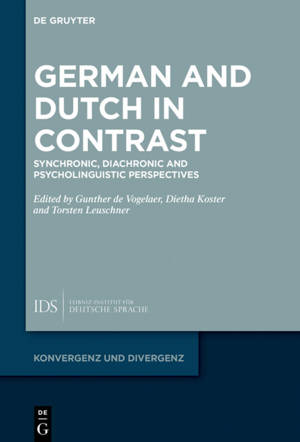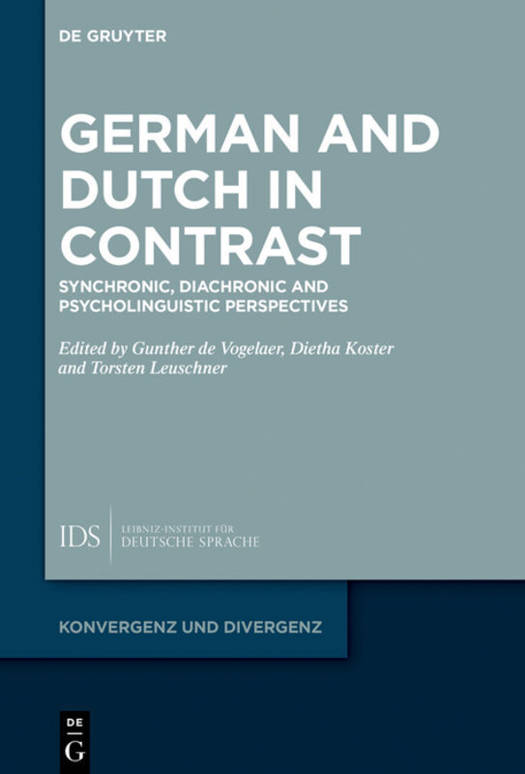
- Afhalen na 1 uur in een winkel met voorraad
- Gratis thuislevering in België vanaf € 30
- Ruim aanbod met 7 miljoen producten
- Afhalen na 1 uur in een winkel met voorraad
- Gratis thuislevering in België vanaf € 30
- Ruim aanbod met 7 miljoen producten
Zoeken
German and Dutch in Contrast
Synchronic, Diachronic and Psycholinguistic Perspectives
€ 240,45
+ 480 punten
Omschrijving
Designed as a contribution to contrastive linguistics, the present volume brings up-to-date the comparison of German with its closest neighbour, Dutch, and other Germanic relatives like English, Afrikaans, and the Scandinavian languages. It takes its inspiration from the idea of a "Germanic Sandwich", i.e. the hypothesis that sets of genetically related languages diverge in systematic ways in diverse domains of the linguistic system. Its contributions set out to test this approach against new phenomena or data from synchronic, diachronic and, for the first time in a Sandwich-related volume, psycholinguistic perspectives. With topics ranging from nickname formation to the IPP (aka 'Ersatzinfinitiv'), from the grammaticalisation of the definite article to /s/-retraction, and from the role of verb-second order in the acquisition of L2 English to the psycholinguistics of gender, the volume appeals to students and specialists in modern and historical linguistics, psycholinguistics, translation studies, language pedagogy and cognitive science, providing a wealth of fresh insights into the relationships of German with its closest relatives while highlighting the potential inherent in the integration of different methodological traditions.
Specificaties
Betrokkenen
- Uitgeverij:
Inhoud
- Aantal bladzijden:
- 362
- Taal:
- Engels
- Reeks:
- Reeksnummer:
- nr. 11
Eigenschappen
- Productcode (EAN):
- 9783110668391
- Verschijningsdatum:
- 9/03/2020
- Uitvoering:
- Hardcover
- Formaat:
- Genaaid
- Afmetingen:
- 160 mm x 234 mm
- Gewicht:
- 680 g

Alleen bij Standaard Boekhandel
+ 480 punten op je klantenkaart van Standaard Boekhandel
Beoordelingen
We publiceren alleen reviews die voldoen aan de voorwaarden voor reviews. Bekijk onze voorwaarden voor reviews.







